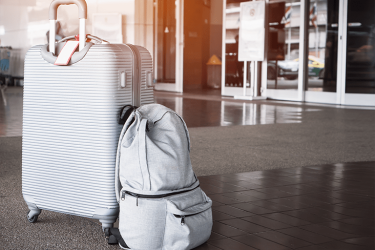Hawaii Do’s and Don’ts: A Guide for Respectful Travelers
Hawaii isn’t just another vacation destination – it’s a place with deep cultural roots, fragile ecosystems, and communities that call these islands home.
These rules protect the land and people of Hawaii and help make your stay meaningful.
Whether it’s choosing reef-safe sunscreen or respecting local traditions, here’s what every visitor should know before visiting the Aloha State.
1. Environmental Rules Every Hawaii Tourist Should Follow
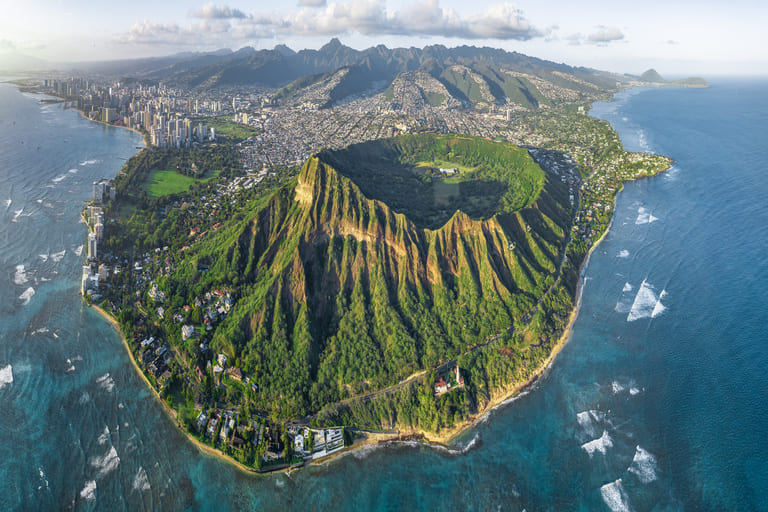
Hawaii’s land and waters are sacred, and preserving them is a collective responsibility.
The state has taken steps to protect its ecosystems, so as a guest, you’re expected to follow current rules and regulations set by the Department of Land and Natural Resources (DLNR).
Reef-Safe Sunscreen Is Required by Law
As of 2021, Hawaii prohibits the sale of sunscreens containing oxybenzone and octinoxate, which contribute to coral bleaching.
Not only are these ingredients harmful to aquatic life, but they also pose risks to your health.
Be sure to pack or purchase reef-safe sunscreen made with zinc oxide or titanium dioxide which are both effective and safe for marine life.
Protected Areas Require Permits or Reservations
Places like Hanauma Bay and Diamond Head State Monument often require advanced reservations or entry permits for non-residents.
These rules and procedures help prevent overcrowding and reduce the environmental impact on the islands.
Don’t just show up – check online in advance and follow posted guidelines.
Do Not Touch or Feed the Wildlife
Sea turtles, monk seals, and other native animals are federally protected, with strict rules in place to ensure the safety of wildlife on land and in the ocean.
Touching, feeding, or even getting too close can lead to fines and disrupt their natural behavior. Always observe wildlife from a safe, respectful distance.
2. Public Behavior: What’s Illegal or Rude in Hawaii
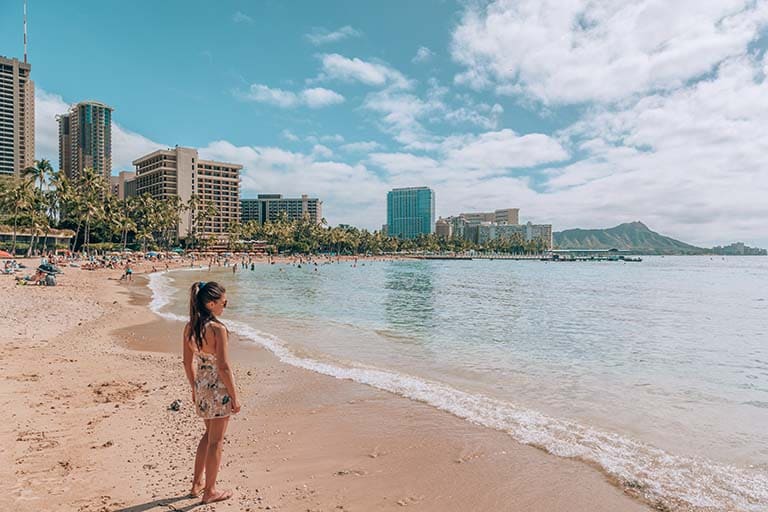
Being respectful in public spaces means more than just saying “please” and “thank you.”
There are also specific laws, rules, and local customs to follow.
No Alcohol or Smoking on Beaches and in Parks
Drinking alcohol or smoking, including vaping, is against the rules on most of Hawaii’s beaches and public parks.
Violations can lead to fines.
Many of these areas are considered sacred or serve as community spaces, so it’s best to stick to designated venues for partying.
Avoid Loud Music or Public Disruptions
Locals value peace and quiet in public areas, and there are rules against playing loud music or causing disruptions.
Keep your volume in check and respect the serene atmosphere.
Always Clean Up After Yourself
It should go without saying: pack out what you pack in.
Whether you’re on a hike, at the beach, or enjoying a picnic, always dispose of trash properly.
Many locals take pride in cleaning up not just their own waste but what others leave behind, and visitors should do the same.
3. Transportation and Street Safety Rules
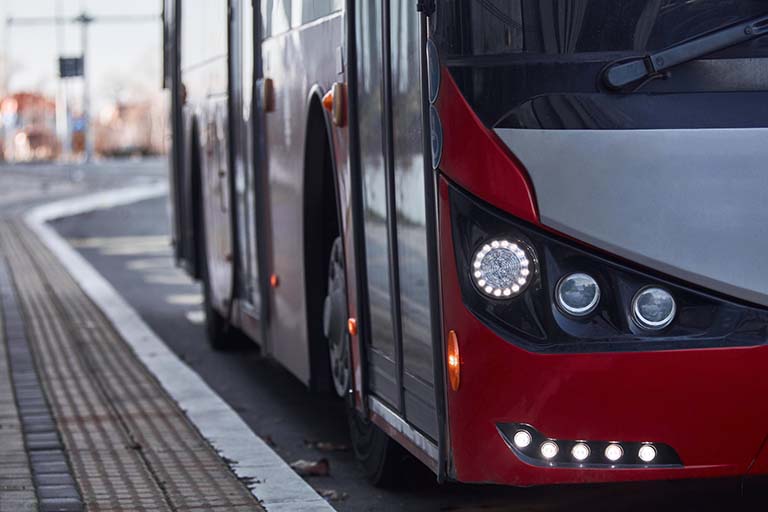
Navigating Hawaii’s roads and transportation systems comes with some specific expectations.
Jaywalking Is Illegal and Heavily Fined
Hawaii enforces strict jaywalking laws to ensure pedestrian safety, especially in busy tourist areas like Honolulu.
Crossing the street outside of crosswalks or against traffic signals can result in fines of $100 or more.
Always wait for the signal and use marked crossings to stay safe and follow the rules.
Sharing the Road in a Rental Car
If you’re renting a car in Hawaii, remember you’re sharing the road with locals who commute daily for work, school, and errands.
Drive with aloha – be patient, follow the rules, avoid sudden stops for photos, and use turnouts on scenic roads to let others pass.
Always follow speed limits and avoid blocking driveways or residential areas when parking.
Rules for Scooters, Bikes, and Rentals
Scooters, mopeds, and bikes are popular rental options, but they’re also regulated to ensure the safety of all riders and pedestrians.
Ride on the road, not sidewalks.
Helmets are mandatory for riders under 18. Park only in designated areas and never block sidewalks or building entrances.
TheBus Etiquette: Quiet and Respectful
Hawaii’s public transportation system, TheBus, is affordable and efficient.
When riding, keep conversations quiet, avoid loud phone calls, and give up your seat to elders or those with disabilities for the safety of everyone on board.
No food or drink is allowed on board.
4. Cultural Sensitivity and Respect for the Land

Hawaii’s culture is living, sacred, and should be approached with humility and open-mindedness.
Disrespecting local customs can cause offense and hurt community relationships.
“Kapu” Signs Mean Sacred or Off-Limits
You might see signs that say “Kapu” (taboo or forbidden) near heiau (temples), lava tubes, or other sacred areas.
These aren’t suggestions, they are serious cultural boundaries.
Entering these areas can be disrespectful and, in many cases, illegal.
Hawaiian Traditions Like Hula and Leis Have Deep Meaning
Hula isn’t just entertainment, it’s a form of cultural storytelling.
Show appreciation, not mockery.
Likewise, receiving a lei is an act of welcome and love.
Never throw a lei in the trash; instead, return it to nature or keep it as a keepsake.
Respect Hawaiian Language and Place Names
Try to pronounce Hawaiian place names correctly as it shows respect for the culture and history of the islands.
Don’t abbreviate or mock local words.
For example, it’s “Haleakala,” not “Hale-whatever.”
Listening and learning go a long way in showing you’re here with good intentions.
5. Local Etiquette and Tips for a Better Stay
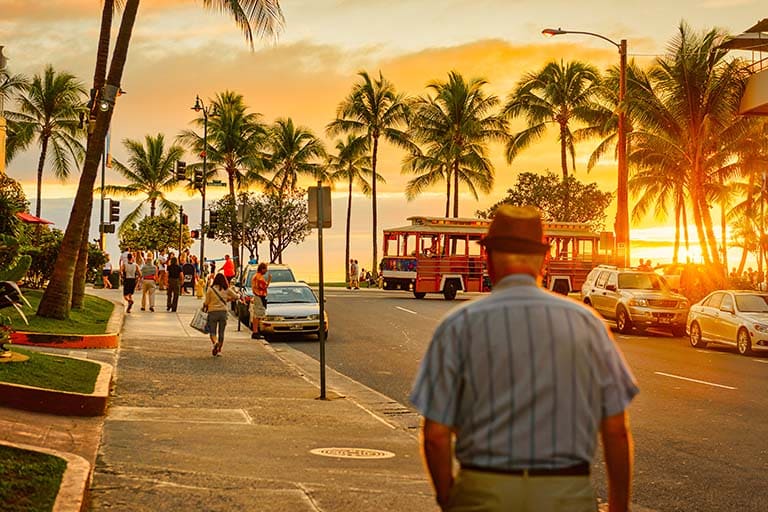
Want a smoother trip and more positive interactions with locals?
Following a few simple rules will help you connect more meaningfully.
Embrace the Aloha Spirit
Aloha is more than a greeting – it’s a way of being.
It means kindness, respect, and love.
Be patient, smile often, and say “mahalo” (thank you).
Whether you’re at a store, on a hike, or chatting with a local, approach each interaction with warmth and openness – this is key to embracing the Aloha Spirit.
Dress Modestly at Temples and Community Events
While beachwear is fine at the beach, it’s not appropriate everywhere.
If you’re attending a local festival, visiting a church, or exploring cultural sites, wear something modest and respectful out of consideration for local customs.
A simple shirt and shorts are usually fine, but leave the bikini tops for the sand.
Conclusion: Travel With Aloha

Hawaii’s beauty is no secret, but maintaining it requires effort from everyone, including visitors.
By following local rules and cultural practices, you help preserve the islands, honor its people, and join the tradition of malama (caring for the land and each other).
Respect the laws, appreciate the culture, and travel with aloha – you’ll leave with more than photos, you’ll leave with a connection.





